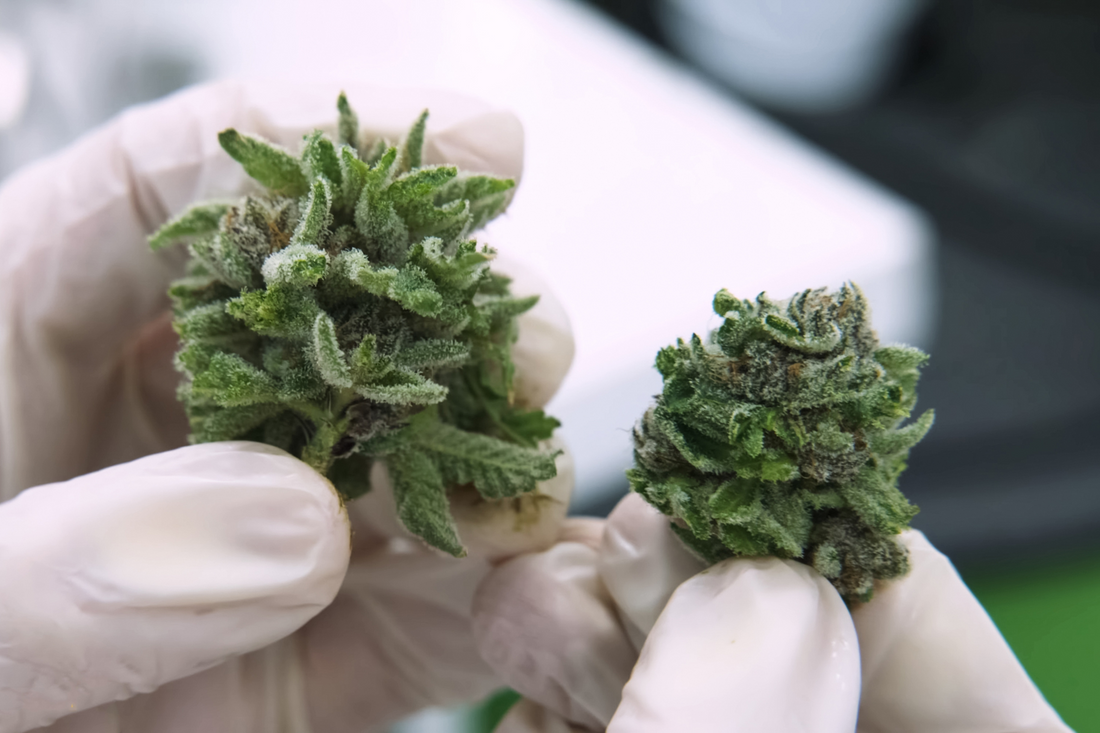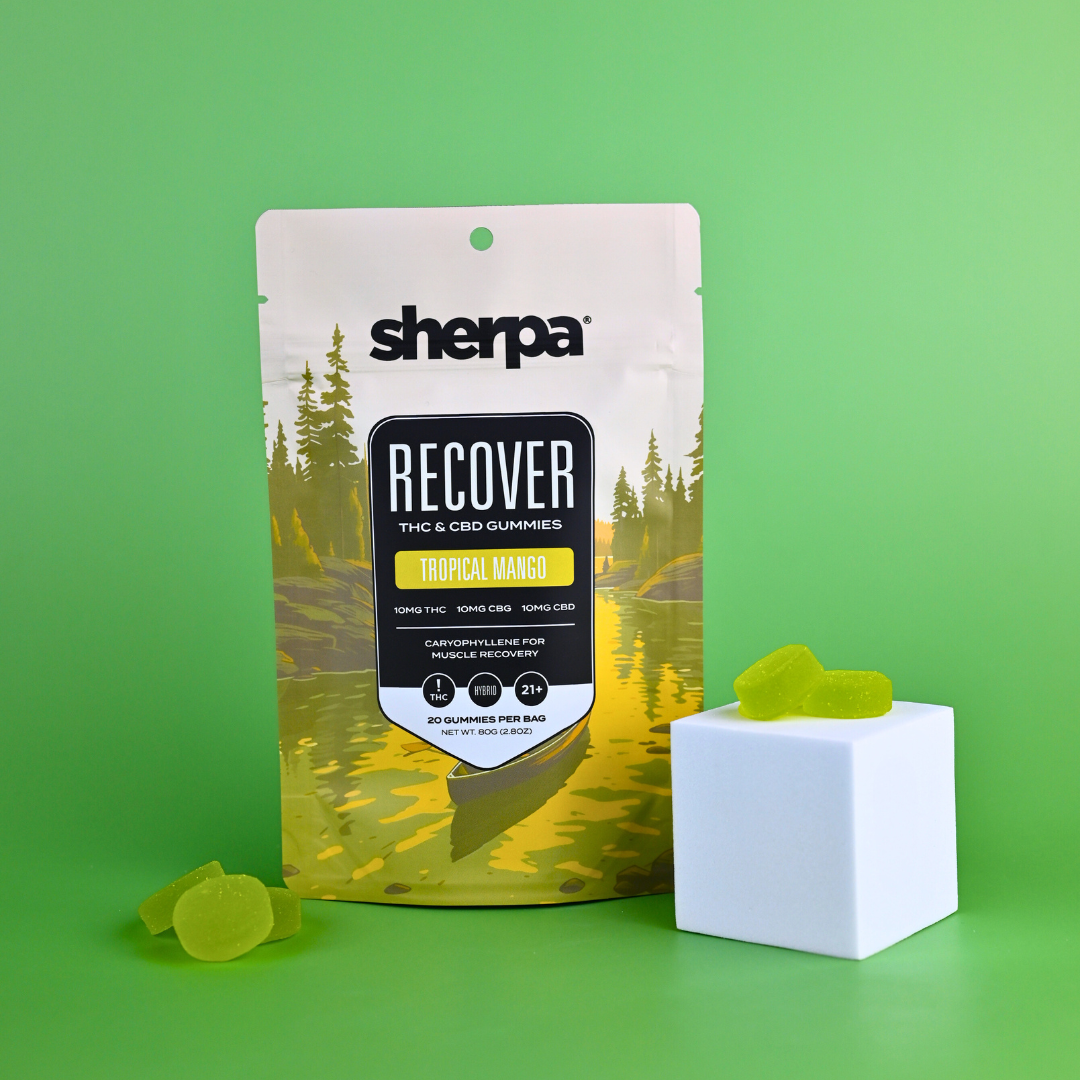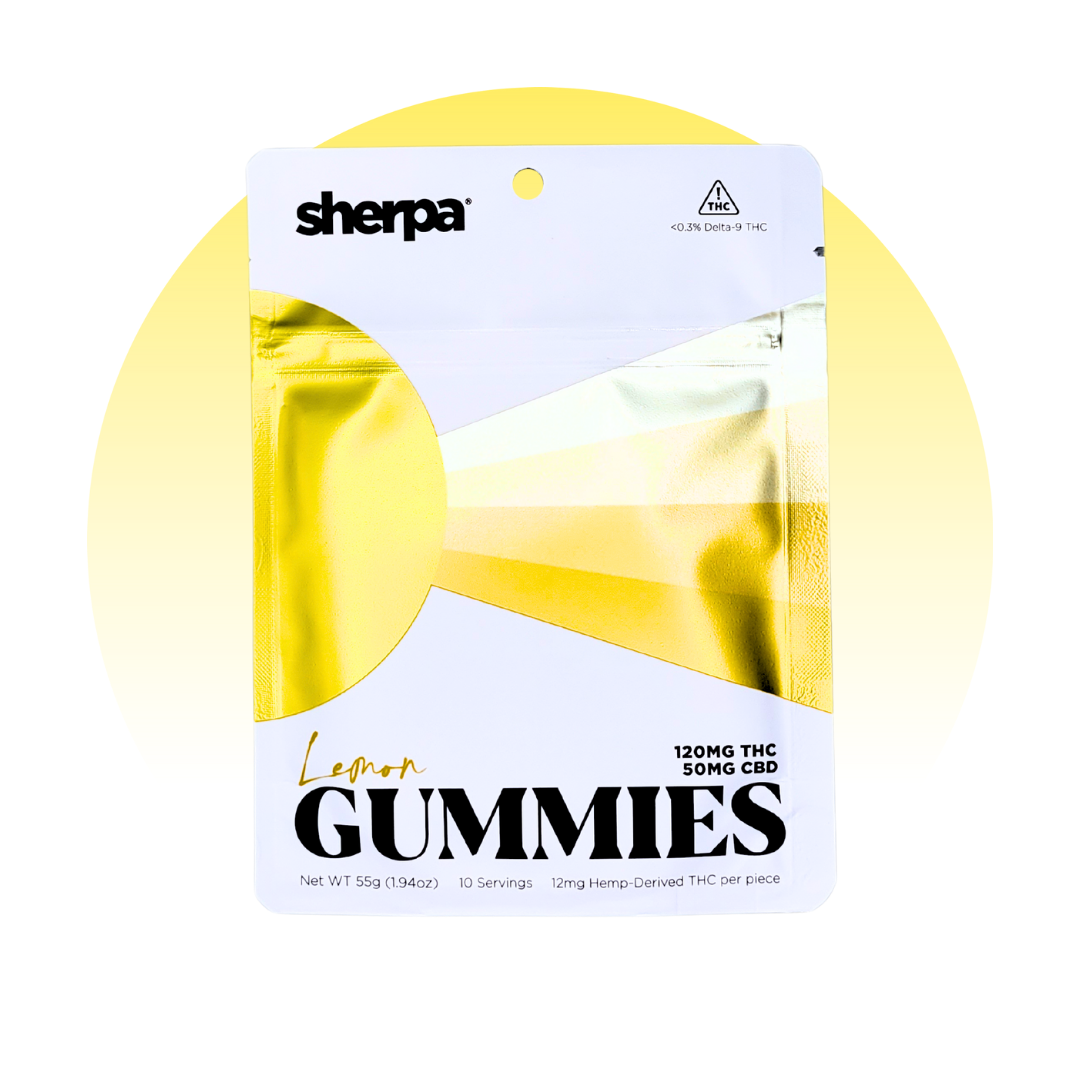
Our Blog
Hemp V.S Marijuana: Its all a Bunch of Cannabis
Hemp V.S Marijuana: Its all a Bunch of Cannabis
Hemp V.S Marijuana
When you hear "hemp" or "marijuana," many people think they are entirely different plants. I've even heard someone say it's the difference between male and female cannabis plants. The only thing that person got right is that, whether you're talking about hemp, weed, marijuana, or even grass, they all belong to the cannabis genus.
Carl Linnaeus

To fully grasp the concept, we need to put on our botanist hats for a moment and go back to the fundamentals. All the way back to 18th-century Sweden botanist, physician, and zoologist named Carl Linnaeus developed the taxonomy system, known as Linnaean Taxonomy. This system was intended to organize living organisms into a hierarchy of groups. Linnaeus's most significant works are "Systema Naturae," published in 1735 with the 10th edition in 1758, and "Species Plantarum," published in 1753. Linnaeus's books are considered the foundation for modern understanding of biological, zoological, and binomial nomenclature, which are still heavily used today.

Photo Source:Carnivorous Plant Resource
In Linnaeus's system, is the classification hierarchy, a scale ranking system from 1 to 8, designed to organize all living organisms to help identify them and their uses. Each rank describes specific aspects and traits, such as whether an organism is an animal, plant, or fungus, if it uses photosynthesis for nourishment, and even its color. For now, we will focus on ranks 6 to 8 in the classification scale: Family, Genus, and Species.
When discussing hemp, marijuana, or cannabis, they all belong to the same family: the Cannabaceae family, which also includes close relatives such as hops. The genus comes after the family in Linnaeus's classification. The Cannabis genus encompasses all cannabis species, including Cannabis sativa, Cannabis indica, and Cannabis ruderalis. The genus classification specifically names Cannabis alone, without other close relatives. Cannabis species are then identified based on their physical and chemical attributes.

Photo Source:Canva
For instance, Cannabis sativa is a tall plant with narrow leaves and a longer flowering cycle, producing buds with a more energetic, uplifting effect. In contrast, Cannabis indica is shorter with broader leaves and a shorter flowering cycle, and its buds generally have a more sedative, calming effect. Less well-known, Cannabis ruderalis is typically the smallest of the cannabis species, with a short flowering cycle and a rugged disposition. Although it is low in sought-after cannabinoids, it is valued for breeding due to its autoflowering ability and resilience to various environmental conditions.

Photo Source:Canva
Why do use different names if it's the same plant?
Think of it as a set of identical twins.

They are the same because they share identical DNA, but often identical twins have different hobbies and interests. Their DNA is still the same under a microscope, and sometimes they even look exactly the same, but they are unique individuals. Similarly, hemp and marijuana are both cannabis sativa plant species. The flowers might look similar, but they differ in their cannabinoid levels. This distinction in cannabinoid content is what sets them apart, even though they belong to the same species.

Marijuana is the term commonly used to describe cannabis plants with high levels of THC, found in the species Cannabis sativa and Cannabis indica. Hemp refers to plants with low levels of THC, found in certain strains of Cannabis sativa. To the naked eye, looking at cannabis plants from the Cannabis sativa species, one being hemp and the other marijuana, you would not be able to tell the difference. Only when the plant has been tested for THC levels can you distinguish between them. If the plant has a Delta-9 THC level of 0.3% or less, it is classified as hemp and is federally legal. If the plant tests for 0.3% THC or higher, it is considered marijuana and is subject to state legislation where it is being cultivated. This leads to courtroom chaos around the legality of hemp, given the difficulty of distinguishing between the two plants by observation alone.

Law enforcement agencies are adapting to the legislation passed in the 2018 Farm Bill. They are increasing training and education to better understand the differences between the plants, partnering with agricultural departments to verify farms, and using field test kits to measure THC content. More invasive testing and investigation follow these processes to help keep illegal substances out of the hands of Americans and to prevent false drug possession charges for law-abiding cannabis consumers.

By Sherpa Explore








